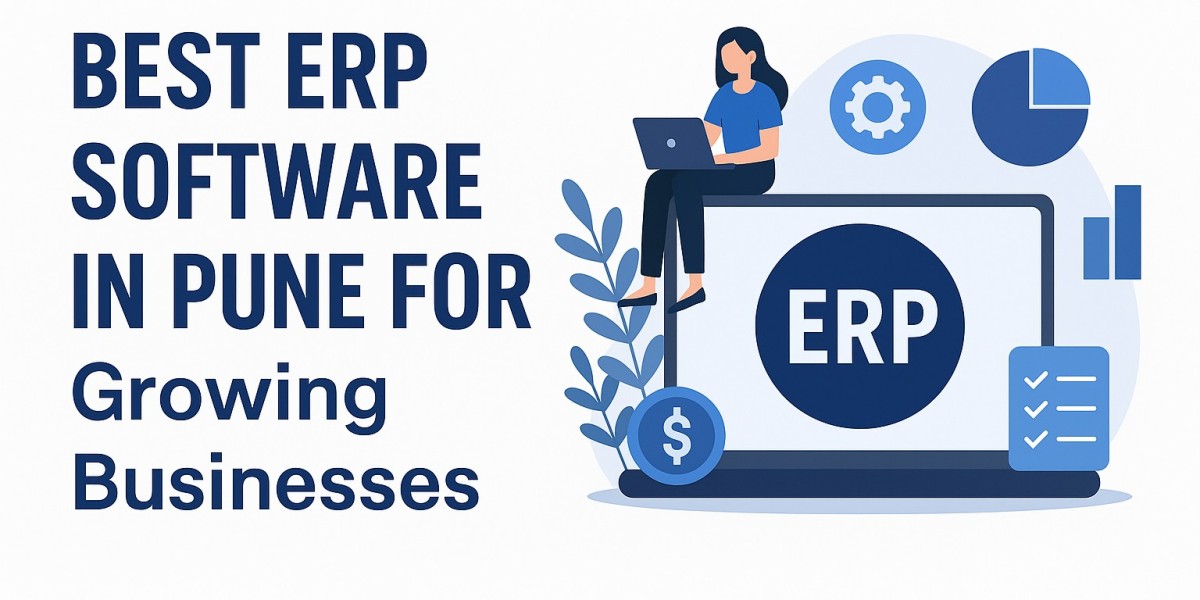The 3D printing technology has disrupted areas of industry such as prototyping and manufacturing, by allowing those who have dreamed of doing something to put their ideas into reality without having to make sacrifices. An ultimate element in manufacturing process is the filament used in 3D printers and it constitutes the building material. The price of 3D printer filament is a relevant element in the total cost of the 3D printing project. Knowing how much filaments cost, what determines this price, and the availability of where to get this material can enable decisions to be made wisely by individuals and companies.
What are the variations of 3D printer?
There are so many varieties of 3D printing filaments each with distinct varieties of application requiring different materials. The following are some of the most popular varieties of 3D printer filaments:
Polylactic Acid (PLA): PLA is one of the most common filaments that is liked because it is easy to use, readily available and environment-friendly. It is renewable and may be broken down by microorganisms readily sufficient to be used in products made of renewable sources such as cornstarch or sugarcane. The low print temperature, along with the fact that it does not require a heated bed, make PLA suitable even to the beginners. It is mainly applied in prototypes, learning tools and ornaments.
ABS (Acrylonitrile Butadiene Styrene): ABS is high strength, strong and good durable material. It is more durable to heat than the PLA making it fit in manufacturing of functional applications e.g. in automobile industry, hospitals and toys. It must however have a heated bed and ventilation because of fumes it produces during printing.
PETG (Polyethylene Terephthalate Glycol): PETG is an excellent option for those seeking a material that combines the ease of PLA with the strength of ABS. It is resistant to moisture and impact, making it ideal for functional parts and products exposed to the elements, such as containers, tools, and outdoor items. PETG is also food-safe, adding to its versatility.
TPU (Thermoplastic Polyurethane): TPU is a flexible filament used for creating parts that require elasticity, such as phone cases, belts, and soft components. It is durable and abrasion-resistant, making it ideal for wearable accessories and items that need to bend without breaking.
Nylon: Nylon is a durable and flexible filament with excellent wear resistance. It is commonly used for functional parts like gears, hinges, and mechanical components. Nylon is hygroscopic, meaning it absorbs moisture from the air, which can affect print quality. Therefore, it needs to be stored properly and often requires pre-drying before printing.
HIPS (High Impact Polystyrene): HIPS is a versatile filament used as a support material for ABS in dual-extruder 3D printers. It can be dissolved in limonene, which makes it easy to remove supports from complex prints. HIPS is also used for creating lightweight parts and prototypes.
PVA (Polyvinyl Alcohol): PVA is a water-soluble filament used primarily for support structures. It is ideal for 3D prints with intricate designs or overhangs, as it can be dissolved in water, leaving behind the main structure clean and intact.
What Affects 3D Printer Filament Price?
Several factors contribute to the pricing of 3D printer filaments:
Material Composition: The type of filament directly influences its price. For example, PLA is usually less expensive than specialty materials like Nylon or PEEK. Materials with higher durability, heat resistance, or flexibility tend to be priced higher due to their added properties.
Brand: The brand behind the filament plays a significant role in its pricing. Well-known and established brands tend to price their filaments higher due to their reputation, quality control, and customer service. While generic filaments may be cheaper, they might not always meet the same quality standards.
Filament Diameter and Weight: Most 3D printers use filaments that are either 1.75mm or 3mm in diameter, and the weight of the filament spool (usually 1kg) also affects the price. Specialty filaments or larger spools tend to cost more.
Color and Special Additives: Filaments with unique colors, such as glow-in-the-dark or metallic finishes, may come at a premium. Filaments that include additives to enhance certain properties (e.g., carbon fiber-infused filament) are also priced higher.
Supply and Demand: Prices can fluctuate based on demand and availability. During periods of high demand for specific materials or when there are disruptions in the supply chain, prices may increase.
Price Range for 3D Printer Filament in India
The price of 3D printer filament in India varies depending on the type of filament, brand, and supplier. Below are some approximate price ranges for different types of filaments:
PLA Filament: The most affordable filament type, with prices ranging from ₹600 to ₹1,500 per kilogram, depending on the brand and quality. PLA is widely available and commonly used for general printing purposes.
ABS Filament: ABS is generally priced between ₹800 and ₹2,000 per kilogram. The cost may increase depending on the brand and quality. ABS is a popular choice for functional parts due to its heat resistance and durability.
PETG Filament: PETG filaments are priced between ₹1,000 and ₹2,500 per kilogram. They offer a good balance of ease of use and strength, making them suitable for a wide range of applications.
TPU Filament: TPU filaments, being flexible, tend to be more expensive, with prices ranging from ₹1,200 to ₹3,000 per kilogram. This price range varies based on the flexibility and durability required for specific prints.
Nylon Filament: Nylon is one of the more expensive filaments, priced between ₹1,500 and ₹4,000 per kilogram. It is known for its strength, wear resistance, and flexibility, making it ideal for mechanical components.
HIPS Filament: HIPS is generally priced between ₹1,000 and ₹2,500 per kilogram. It is commonly used as a support material for ABS in dual-extruder 3D printers.
PVA Filament: PVA is the most expensive among standard filaments, with prices ranging from ₹3,000 to ₹7,000 per kilogram due to its water-soluble properties, which make it ideal for complex 3D prints.
Where Can You Buy 3D Printer Filament in India?
Several online platforms offer 3D printer filaments in India. Some of the top websites include:
Amazon India: Amazon offers a wide range of filaments from various brands, catering to different types of 3D printing applications. Customers can easily compare prices, read reviews, and find the best deals.
Robu.in: Specializes in 3D printing materials, including filaments, and offers a range of PLA, ABS, and specialty filaments.
Moglix: Provides 3D printer filaments from trusted brands, with the convenience of bulk purchasing options.
3DPrinters.in: Offers a variety of filament types, including PLA, ABS, PETG, and more. They also provide resources for selecting the right filament for your 3D printer.
FilamentOne: Another reliable supplier of 3D printing filaments, offering a wide range of materials suitable for both hobbyists and professionals.
Conclusion
The price of 3D printer filament in India varies based on factors like material type, brand, and additional features. With a growing market for 3D printing, filaments are becoming more affordable and accessible, allowing users to choose the best material for their specific needs. Whether you are a hobbyist or a professional, understanding the filament price ranges and what factors contribute to it will help you make the best purchasing decisions for your 3D printing projects.
For detailed information and pricing, visit trusted suppliers like Protomont.








